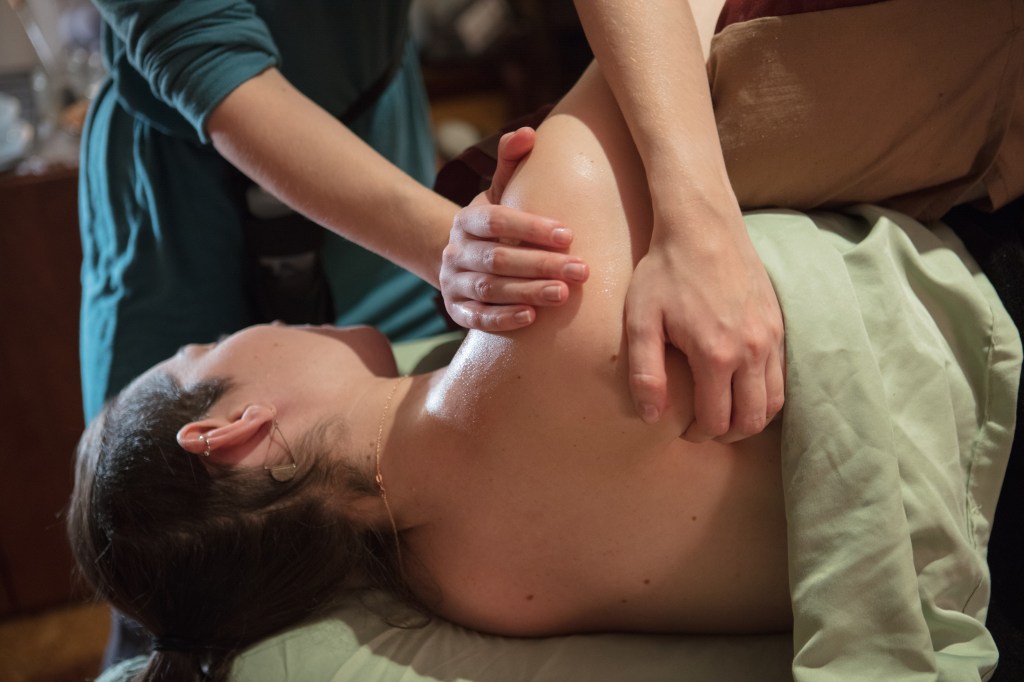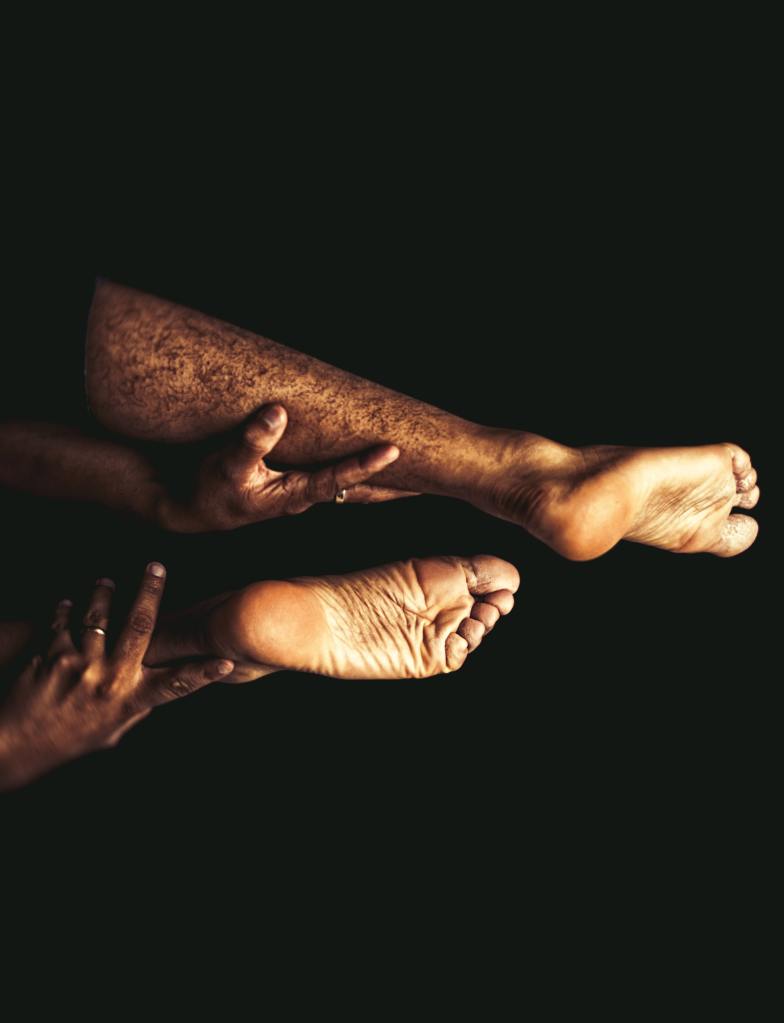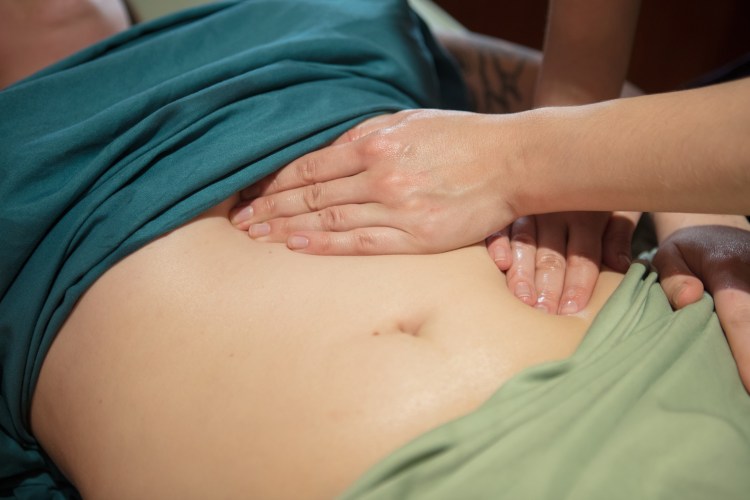Discover our flexible rates, online sessions and workshops.

Handstand with Sainaa Janchivdorj (Online)
June 5, 2024

The Kleshas with Stewart Gilchrist
August 5, 2024
What parts of my body will be massaged?
That depends on your intake for each session; every session is customized to the client’s preferences and treatment goals. A standard full body relaxation massage includes the scalp and face (no to little oil), neck, shoulders, arms, hands, abdominals, legs, feet, glutes, and back. Types of modalities used affects amount and type of massage oil used. Some techniques don’t use any at all! Body positioning on the table, areas of focus on the body, and tools used (such as cupping) are modified depending on client’s preferences and abilities.
Do you treat clients with severe health problems or terminal or chronic illnesses?
For the most part, yes. We may have to get written consent from a doctor and further information about your condition(s), but typically we are able to work with you and your health team. Often times, we can make adjustments to avoid specific areas or to use a gentler modality, such as working with blood-thinning medications, or avoiding areas with blood clots.
We are especially passionate about working alongside with trauma recovery processes, such as clients with PTSD, recuperating from a car accident, divorce, sexual trauma, and partnering simultaneously with talk-therapy.
Do you work with children?
Absolutely! We have experience working with children’s care team (Physical Therapists, Occupational Therapists, Doctors, Chiropractors, etc.) to create a custom treatment plan for them. We have found more frequent shorter sessions typically benefit kids healing processes (and attention spans!) more effectively.
Do you provide pregnancy massage?
Enthusiastically! I’m all for lowered anxiety, decreased norepinephrine, cortisol, reduced edema, sciatic nerve, back and leg pain, and increased serotonin and dopamine, sleep quality, and improved labor outcomes and newborn health!
If you have recently experienced bleeding, pre-term contractions, preeclampsia, PIH, high blood pressure, or are in the first 12 weeks of pregnancy, you should speak with a health care provider prior to receiving a massage.
What medical conditions would make me unable to receive massage?
Some statuses that may prevent bodywork or lead to rescheduling include: fever, systemic contagious or infectious diseases (ex:common cold, influenza), acute (current) conditions requiring first aid or medical attention, and severe unstable or uncontrolled or unregulated high or low blood pressure. In general, we recommend contacting us to see if and how we can best serve your healing journey. It may just take a doctor’s consent form or an adjustment on the Massage Therapist’s part. If there is an affected area of the body (such as with a flare-up of rheumatoid arthritis, deep vein thrombosis, aneurysm, frostbite, varicosities, etc.) we can avoid that area, so it’s still worth discussing with us privately if we can work around your condition.
Is your space accessibility friendly as determined by the Americans with Disabilities Act of 1990?
The building is all one floor; there is a small step by the front door as well as a ramp on the side entrance of the building (executive drive side). There is a disabled persons parking spot in the main lot in front of the front door, as well as executive drive side. We have a wheelchair-compatible restroom as well. All of our restrooms are gender-neutral.
What is the weight limit and dimensions of your massage table?
Unravel Massage is a body inclusive practice that celebrates all shapes and sizes. Typically massage tables are rated for 250 pounds of dynamic load. If you are at all concerned or dissatisfied with receiving bodywork on a massage table for any reason (concern with weight limit, laying down is uncomfortable, arms are uncomfortable at sides, etc.), we can easily accommodate for chair massage or work on floor mats or with assisted stretching. Basically, we’re happy to modify to whatever helps you feel the most relaxed, supported, and celebrated in your body.
What will my first session be like?
Upon arriving at The Well Within Collective (1496 Old Henderson Road), your massage therapist and certified cupping therapist McKenna of Unravel Massage will meet you at the front door. Then your Massage Therapist will show you the restroom to wash your hands up to the elbows for twenty seconds as well as take care of any physical needs. Next you’ll go into the therapy room to discuss your health history form (filled out at least 24 hours prior) and goals for current and future sessions to create a treatment plan. At this point the therapist will leave you in the therapy room to undress to your comfort level. Keep in mind that if oil is used, there is a chance of it staining any clothes you chose to keep on. Depending on what you and your LMT discussed during intake, you’ll slip under the sheet on the table (just like tucking into bed) either face up (supine), face down (prone), or side lying. The Massage Therapist will then knock and wait to enter until you have confirmed that you are ready. Then the Massage Therapist will come in and begin the session. During the session, the Massage Therapist will ask for consistent feedback on pressure, temperature (blankets and table warmer), and what you are experiencing in your body, to better serve your needs. This is your session, so please speak up about anything your Massage Therapist can do to better your session and experience. When the session’s time slot is over, the therapist will complete the session verbally and leave the room while you redress. When you’re ready for checking-out questions please open the treatment room door to indicate you’re ready for your LMT to return. At this point you can reschedule your next session(s) depending on the frequency you and your therapist agreed would be the most beneficial for your long term treatment plan and goals. Your credit card will be automatically charged thru the SimplePractice Patient Portal around midnight after your session.

Swedish Massage
This modality is what is often thought of when massage comes to mind. The practitioner uses oil and effleurage (long gliding strokes) to warm and activate the muscles to relieve tension.

Pregnancy Massage
This one’s fairly self explanatory. This is massage geared towards aiding in pain management during the child bearing process. Typically this modality is received while side-lying on the massage table with pillows strategically bolstering the body for extra support.

Reflexology
A similar practice to acupressure, reflexology uses predetermined reflex points to connect to the rest of the body system, based on the the theory that there are points on the feet, hands, and head that reflects the rest of the body’s tension and illness.

Myofascial Release
Our entire body structure is supported, binded, separated, and protected with connective tissue. Often these tissues harden, preventing flow of movement and causing pain and stiffness.
Myofascial release work uses gentle pressure to get even as deep as the bone to eliminate pain and restore motion. There is a common misconception of “no pain, no gain”, whereas Myofascial Release is one of many lighter modalities that can effect deep tissue with lighter pressure.
Myofascial restrictions can produce tensile pressures of approximately 2,000 pounds per square inch, and are not findable on x-rays, myelograms, CAT scans, electromyography, etc.
Only lighter pressure allows the body to relax enough to melt and move; anything heavier causes the body to fight and resist.
This can be an oil-less modality, so direct contact with the skin can be used to gently and slowly coax the body into letting go of trauma, inflammatory responses, and myofascial restrictions left from surgery. This technique can also be used to reduce inflammation, such as in the ankles and wrists.
Acupressure (Shiatsu)
Acupressure, also known as shiatsu (translating to finger pressure in Japanese) uses mild targeted pressure on points of the body (whereas trigger point therapy uses more forceful pressure) to do deep work. This modality uses principles similar to those of acupuncture but without the needles. The practitioner may choose points predetermined by Chinese meridian lines, or may choose points that the practitioner is drawn to for energetic or physical purposes.

Sports-Massage
Sports-massage doesn’t just have to be for athletes! This upbeat rehabilitative modality promotes flexibility, reduces fatigue, improves endurance, and helps prevent injuries. Kinesiology (the study of movement) pairs excellently with sports-massage, specifically Proprioceptive Neuromuscular Facilitation (PNF). In PNF muscles are stretched and contracted for flexibility training, using methods like range of motion, pin and stretch, and post isometric relaxation. These can also be used for rehabilitation, as well as preventative maintenance.

Cranial Sacral Therapy
This modality is heavily researched by the Upledger Institute, and uses five grams of targeted touch to manipulate the fascia and structures within and surrounding the central nervous system. Whether this work is nudging bones or resetting the Cerebrospinal Fluid flow from obstructions, Cranial Sacral Therapy continues to show its effectiveness in studies and medical results for releasing and alleviating compression, stress, and pain. Clinical studies performed by the Upledger Institute have repeatedly found significant evidence of this modality’s effects on ADD, ADHD, Autism, Cerebral Palsy, Headaches, Cancer, and several other chronic conditions of the nervous system.
Polarity
This modality works with the electromagnetic fields that pass through the body to balance the positive and negative poles. Some practitioners see this as a human energy field, or auras, or intuitively feeling blocks in Qi. Manipulating these fields can reduce physical and mental stress, contribute to the body’s natural healing ability, or build a sense of calm.